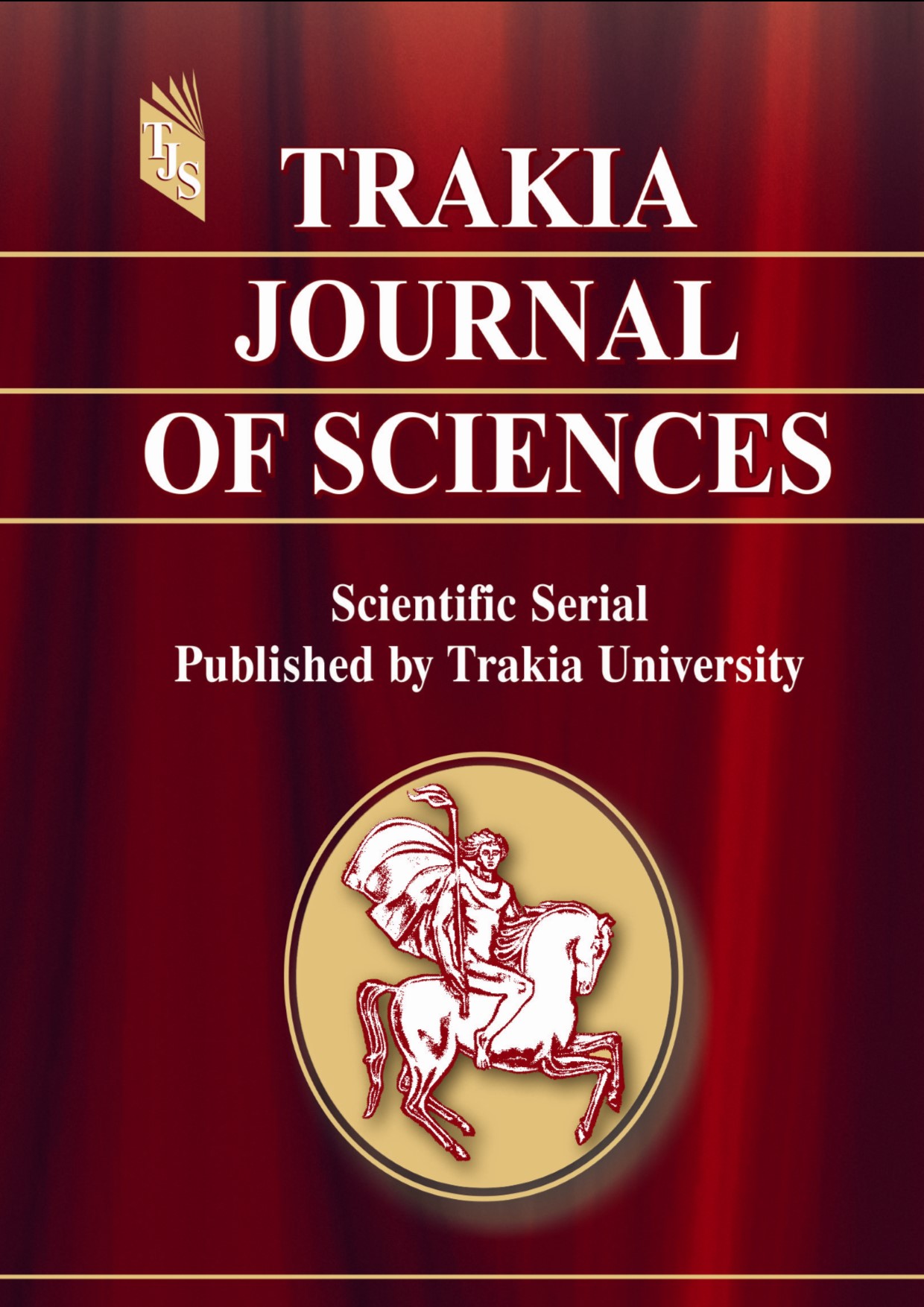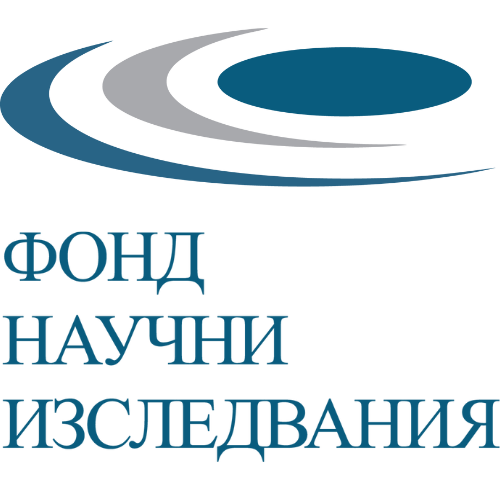IMPACT OF THE ‘SHUTTLE TIME – BADMINTON’ PROGRAM ON STUDENTS’ PHYSICAL FITNESS
DOI:
https://doi.org/10.15547/tjs.2024.s.01.024Keywords:
model, education, badminton, motor abilitiesAbstract
BWF's "SHUTTLE TIME" badminton training program was approved for seventh-grade students. The PURPOSE of the study was to trace its effect on the development of students’ motor abilities: speed, endurance, upper limbs’ explosive power, and agility.
The research covered fourteen boys and nine girls, aged 13-14, students from 119 Secondary School "Acad. Mikhail Arnaudov", Sofia city.
The methodology was applied to the elective subject ‘Racket sports’ in the education program of ‘Physical education and sport’ in two school terms—36 school classes.
The data were traced using the system for assessing the students’ physical fitness in the Republic of Bulgaria at the beginning and end of the 2022/23 school year.
The statistical methods used for data processing were Variation analysis and Student's paired-sample t-test. The following RESULTS were obtained:
The boys’ endurance and agility indicators showed an increase with a significant effect size (Cohen d up to 0.8), and the upper and lower limbs’ explosive power indicator and speed indicator had a large effect size (Cohen d over 0.8).
In girls, a large effect size (Cohen d over 0.8) was achieved in indicators for endurance, agility, and upper limbs’ explosive power, and a significant effect size (Cohen d up to 0.8) was obtained in the indicators for speed and lower limbs’ explosive power. The results were statistically significant, with a guaranteed probability: P (t)≥95%.
The applied program has a significant impact on agility and endurance and a lesser impact on the upper and lower limbs’ explosive power and speed.
References
ORDINANCE NO. 4 on the Curriculum, Published in the State Gazette, No. 94, December 4, 2015.
Curricula for Physical Education and Sports for Grades V – VI – VII, Ministry of Education.
Zatsiorskiy, V. M., Physical qualities of an athlete, FiS, 1966
Zimkin, N. V. Physiological characteristics of strength, speed, and endurance, Physical Culture and Sports, 1956.
Stefanov, L., Physiology of sports, Sofia, NSA PRES, 2017.
Nikitushkin, V., Modern training of young athletes, Moscow, 2009.
Rachev, K., Theory and methodology of physical education, Part I. Sofia, 1998.
Nancheva, D., Naydenova, K., Study of the impact of motor characteristics of speed on age peculiarities, International Scientific Congress “Applied Sports Sciences,” Balkan Scientific Congress. “Physical Education, Sports, Health,” Sofia, NSA PRESS, 2019.
Levuskin, S., Sensitive periods in developing physical qualities in schoolchildren aged 7-17 with different body types. // Collection Physical Culture: Education, Training, and Development, No. 6. Moscow, 2006.
Semenov, L., Determining the sports suitability of children and adolescents: biological and psychological-pedagogical aspects. Moscow, 2005.
BADMINTON WORLD FEDERATION, Shuttle Time. Lesson Plans. Unit No. 1 Level 29 Naza Tower, Platinum Park 10 Persiaran KLCC 50088 Kuala Lumpur, SBN National Centre – National Library of Malaysia ISBN 978-967-15281-1-2, 2017.
Order No. RD 09-1588 from June 20, 2019, published on September 30, 2019. ‘System for assessing the motor abilities of students from grades I to XII.

Downloads
Published
Issue
Section
License
Copyright (c) 2025 Trakia University

This work is licensed under a Creative Commons Attribution-NonCommercial 4.0 International License.


